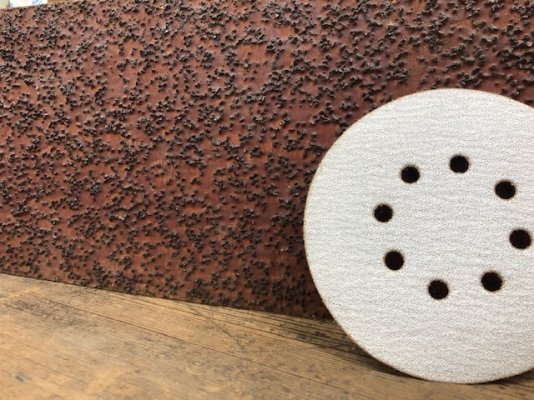LeoKa
Guru
- Joined
- Apr 15, 2017
- Messages
- 1,150
- Location
- USA
- Vessel Name
- Ironsides
- Vessel Make
- 54' Bruce Roberts steel sailboat hull, coastal LRC, 220HP CAT 3306.
To answer some of you.
1/ the boat is steel
2/ no history on board regarding to the paint
3/ I have already purchased the paint
4/ I am not looking for perfection, only longevity
5/ the black primer you see is very solid and smooth
6/ at this time, I’ll only focus on the large side sections, which I cannot reach easily
1/ the boat is steel
2/ no history on board regarding to the paint
3/ I have already purchased the paint
4/ I am not looking for perfection, only longevity
5/ the black primer you see is very solid and smooth
6/ at this time, I’ll only focus on the large side sections, which I cannot reach easily

